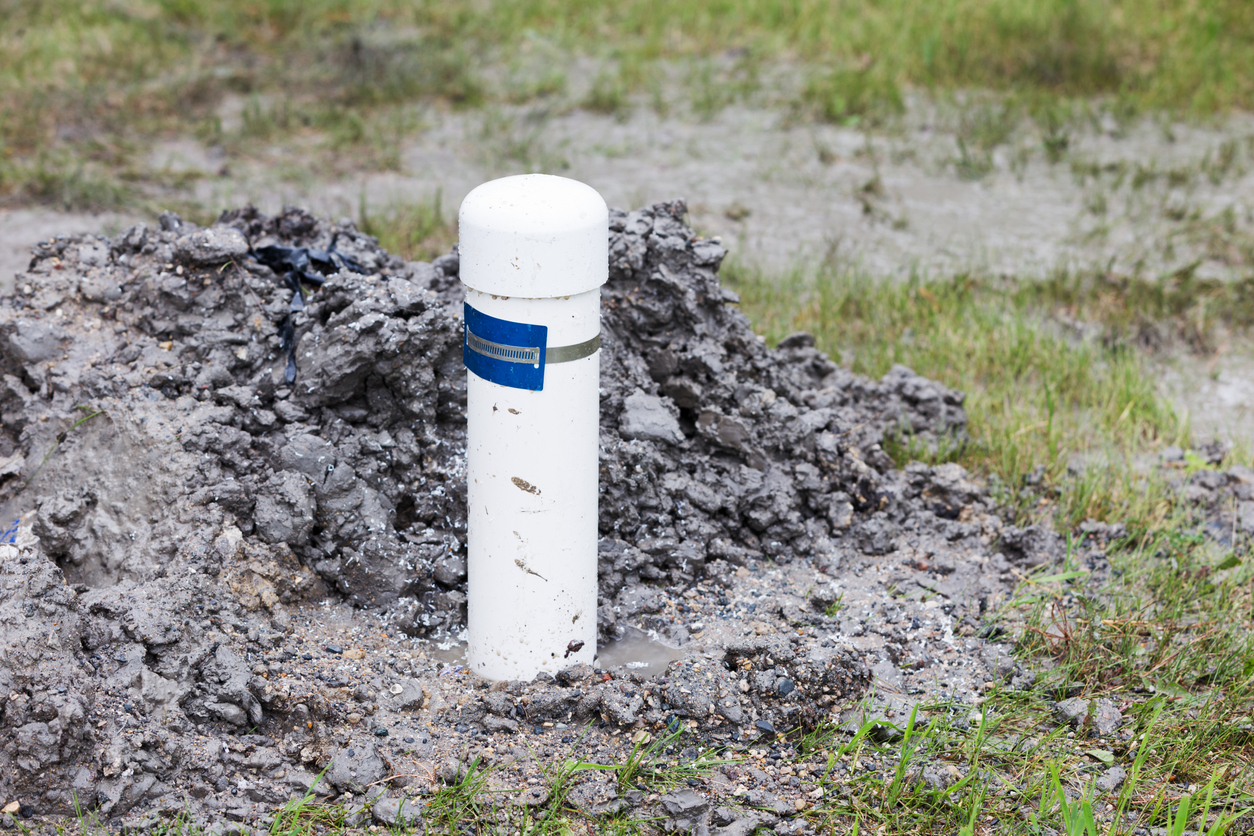Latest drinking water research highlights need for better testing to avoid health risks

Report indicates that of 23 million U.S. households dependent upon private wells for drinking water, some 40% could be at significant health risk due to lax testing behaviors
In an article published Aug. 6, 2024, in the Environmental Science and Technology Journal, researchers from Iowa State University, Macalester College in St. Paul, the University of Massachusetts Amherst and Cornell University outlined current private well drinking water quality challenges across Iowa that were unearthed through an extensive study. The research was conducted with the Center for Agricultural and Rural Development at Iowa State, and the Conservation Learning Group, a think tank based with ISU Extension and Outreach.
In the article, “Improving Private Well Testing Programs: Experimental Evidence from Iowa,” the research team detailed the results of a multi-stage study which included surveys of more than 20,000 households.
Additionally, the article discusses information and intervention campaigns regarding water testing, as well as a detailed analysis of behaviors and perceptions by household members regarding their drinking water and what steps they regularly take to ensure its safety.
Gabriel Lade, associate professor at Macalester College and one of the primary investigators on the project, noted that “approximately 40% of the respondents to the surveys do not regularly test, treat or avoid their drinking water.”
“Since drinking water quality of private wells is not regulated under the U.S. Safe Drinking Water Act, testing programs vary from state to state, but by and large are voluntary,” continued Lade. “Despite general awareness of nitrate and other water pollution issues among household members, we show that there appears to be a lack of urgency to follow recommended annual testing guidelines.”
To highlight health risks, the team drew on previous research linking nitrate and other groundwater pollution to significant health risks such as blue baby syndrome caused by high nitrate levels in water consumed during pregnancy, as well as recent studies that suggest exposure to nitrate in drinking water may be associated with an increased incidence of certain cancers, particularly colorectal cancer, thyroid disease, and neural tube defects in infants.
The article also provides insights into the behaviors and perceptions of participants regarding their water quality and testing. One significant finding was that even though Iowa offers free county-based well water testing, only a small fraction of well owners request the service.
“We wanted to explore some of the cultural, demographic and economic factors that might be contributing to the lack of urgency displayed by these households,” said Jacqueline Comito, another primary investigator on the project and CLG program director. “We tested intervention and messaging programs that included providing free nitrate test strips, asking their willingness to pay to purchase test strips, and providing a variety of informational materials about free testing programs and the risks associated with not testing drinking water.”
Outcomes of these analyses confirmed that when households are made aware of testing options and provided with testing materials there is an increase in testing that seemed to be welfare-enhancing, that is, households are willing to pay more than program costs. However, the authors have expressed that additional studies are needed to better characterize the actual measured nitrate levels in water from private wells, as well as further work on crafting education and information programs to attach more urgency to testing activity.
The article is authored by Gabriel Lade, Jacqueline Comito, and Jamie Benning from Iowa State University, Catherine Kling from Cornell University and David Keiser from the University of Massachusetts Amherst.



